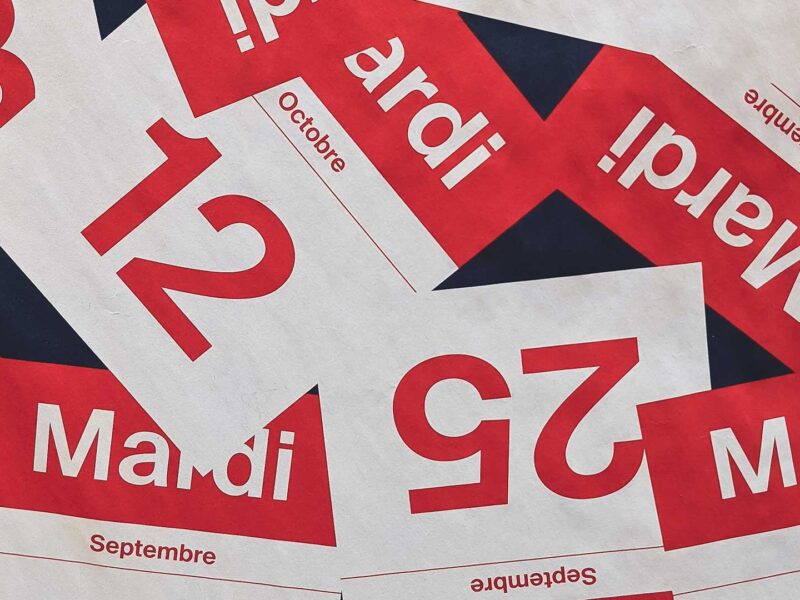How to boost your business with simple marketing practices.

Whether you’re looking to boost your business or turn a great idea into a start-up, the most immediate way to move forward is to hone your marketing.
Here, we guide you through simple marketing methodologies, practices, and tactics to develop a valuable marketing strategy.
- Know Your Business.
The first step is to ask yourself a series of questions. Simon Sinek, the author of “Start With Why”, explains how it’s easier to look from the outside in (What -> How -> Why) when it should be the other way around. As a business owner, you need to ask yourself:
- What is my purpose, cause or belief?
- Why does my business exist?
- Why do I get out of bed every morning?
- Why should anyone care?
Once you have your Who, How, and What defined, the rest will start.
Action: Start writing these out and assess whether your answers match the current direction of the business and the type of customers you service or want to attract.
- Create a Corporate identity.
Corporate Identity centres on your business philosophy, helping your customers experience your identity more profoundly so it’s memorable.
It is an essential component of any marketing and branding strategy and should incorporate how-to, key messages and a clear tone of voice.
Acting as a vessel for how your business views itself, how it hopes to be viewed by others, and how others recognise and remember it, it combines colour schemes, designs, words and more to create a visual statement about your business philosophy. Thinking beyond the impact of your logo or website design, your Corporate Identity should include all touchpoints such as the exterior of your building, décor, tagline, stationery, and uniforms.
Actions:
Write or rewrite a clear and concise company Vision and Mission Statement as part of your Corporate Identity – remember to succinctly express who you are and what you do. Then consider how you can create new touchpoints through other senses, including sight, smell, sound, touch and taste, if relevant.
- Establish your Brand.
The next stage in this process is to ask, what is a brand?
Great branding is communicated visually and verbally and portrays your business’s personality. For your brand to succeed, it should fit harmoniously with its products, services and industry. Good branding considers all the parts, from how the company behaves (Brand Personality) to how it looks (The Visual Identity), and works to communicate and dictate your brand’s sentiment ( how your customer feels about you). A great way to monitor your brand’s sentiment is to keep an eye on your customers’ thoughts and feelings online, as they relate directly to your image and performance.
To get your branding right, we suggest you start by doing the following: :
- Run a branding Workshop and bring in a design agency that understands your company’s psyche to create the right visual Identity.
- Dont expect web designers to convey your brand. Use a branding specialist!. A specialist knows how to effectively communicate your brand personality to your audience through your website.
- Get at least three different designers to pitch for your business. Provide them with the same brief and see what they present.
- Focus on your messaging.
It’s time to look at who you target and the language needed to capture your audience.
First, focus on the different pain points and the benefits you provide your customers. Think of the ‘why’ and consider what separates your business, people and offerings from competitors.
Then, make sure everyone within your business is 100% on board – from the MD to operations, finance, and administration- all need to be across your Identity, brand, and messaging; otherwise, the authenticity of your ‘Why’ will not shine through to your customers, partners and prospects.
Action: Evaluate the below when targeting different audiences, i.e. business and technical contacts, and adjust accordingly.
- Use of language: What words and terminology describe your products and services?
- Visual elements: the colours, imagery and video content to include.
- Your voice: The tone of voice you use.


